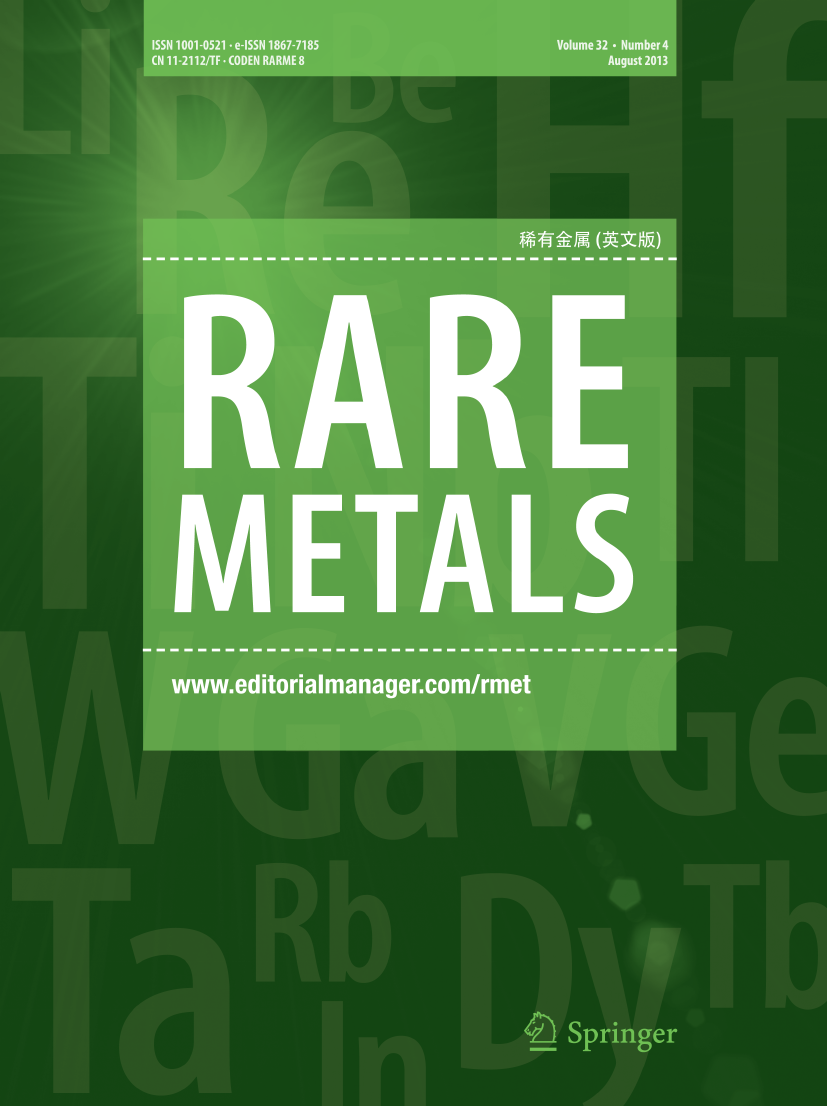Stable Cu (I) single copper atoms supported on porous carbon nitride nanosheets for efficient photocatalytic degradation of antibiotics
Abstract
Exploration of stable metal single-site supported porous graphitic carbon nitride (PCN) nanostructures and the development of maximum atom utilization for enhanced photocatalytic oxidation of antibiotics remains a challenge in current research. This work proposed a one-step thermal copolymerization to obtain Cu (I) doping porous carbon nitride (CUCN) through a spontaneously reducing atmosphere by urea in a covered crucible. The obtained CUCN had crumpled ultrathin nanosheets and mesoporous structures, which possessed higher specific surface areas than PCN. From X-ray absorption near edge structure (XANES) and Fourier transform extended X-ray absorption fine structure (FT-EXAFS) spectra analysis, the Cu doping existed in the oxidation state of Cu (I) as single atoms anchored on the 2D layers of CN through two N neighbors, thereby facilitating efficient pathways for the transfer of photoexcited charge carriers. Furthermore, the photoluminescence (PL) spectra, electrochemical impedance spectra (EIS) and transient photocurrent response test proved the improved separation and transfer of photoexcited charge carriers for Cu (I) introduction. Consequently, the photocatalytic activity of CUCN was much better than that of PCN for antibiotics norfloxacin (NOR), with 4.7-fold higher degradation reaction rate constants. From species-trapping experiments and density function theory (DFT) calculations, the Cu single atoms in Cu–N2 served as catalytic sites that could accelerate charge transfer and facilitate the adsorption of molecular oxygen to produce active species. The stable Cu (I) embedded in the layer structure led to the excellent recycling test and remained stable after four runs of degradation and even thermal regenerated treatment. The degradation paths of NOR by CUCN under visible light were also demonstrated. Our work sheds light on a sustainable and practical approach for achieving stable metal single-atom doping and enhancing photocatalytic degradation of aqueous pollutants.
Graphical abstract

 求助内容:
求助内容: 应助结果提醒方式:
应助结果提醒方式:


